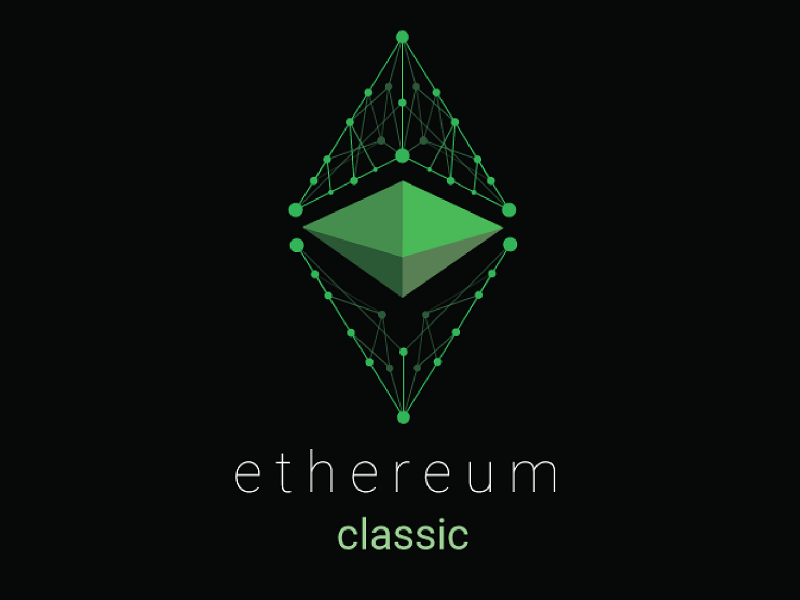
As reported by TheBlock, Ethereum Classic, the smart contact platform, appears to be experiencing a block reorganization attack (reorg), according to blockchain explorer and mining pool, Etherchain. A reorg attack could potentially delay or reverse transactions on a blockchain. According to Etherchain, there was “a successful 51% attack on the Ethereum Classic network with multiple 100+ block reorganization.” On Monday morning, the official Ethereum Classic Twitter account recommend that all exchanges and mining pools increase their confirmation times to over 400 blocks on ethereum classic withdrawals and deposits.
This spurred a livid discussion about the motives behind this attack with Matt Odell speculating that Ethereum camp would have sufficient interest in deploying such an attack to mitigate possible miners’ switching to ETC ahead of block-reward reducing Ethereum’s Constantinople fork, bound to happen approximately on January 16th.
Needless to say that the attack brought unrest among ETC holders with some of them leaving the lurch:
“http://gastracker.io/miner/0x3ccc8f7415e09bead930dc2b23617bd39ced2c06
We definitely got attacked
Edit: Last night when viewing blocks going through there was multiple double spends going on ie 2 trans for 125.99ETC going to different addresses from the same wallet. I dont get why gas trackers showing all cleared out blocks. Im out boys”
What you'll learn 👉
ETC troubles piling up
ETCDEV was a leading Ethereum Classic development company with a strong focus on decentralized computing providing long term support for the ETC blockchain. A month ago, they announced a shutdown of their activities on ETC blockchain due to the funding struggles.
ETCDEV was one of the teams that worked on ETC blockchain development. They worked full time on many core Ethereum Classic projects including Classic Geth, Emerald, SputnikVM, and Orbita. They’re at the forefront of blockchain development and research.
Official ETC website listed them as top contributor to the Ethereum’s fork alongside other 4 teams: IOHK, ETC Cooperative, ETC Labs and Ethereum Commonwealth.
The funding issue was caused by the prolonged bear market and bad budgeting most of the crypto projects suffer from. During the bull run, a lot of projects squandered around and threw money at dead end features or sectors that brought no value to the overall ecosystem. Bear market threatens extinction of many projects who lack budgeting skills and general operational capabilities.
ASIC resistant ProgPow implementation is a tentative go
During the recent Ethereum Core Devs meeting, the team discussed whether there was going to be ProgPoW – Programmatic Proof-of-Work implementation irrespective of its timeframe. According to IfDefElse, ProgPow is a “GPU-tuned extension of Ethash that minimizes the efficiency gap available to fixed-function hardware”.
The proposal came into light in the year 2018 because of the miners” frustration over ASIC mining hardware on Ethereum. Based on the previous discussions amongst developers, the implementation of ProgPow could probably go live in the next hard fork or as a standalone system-wide upgrade.
Constantinople in calling distance
Constantinople is a backwards-incompatible upgrade, which is why the Ethereum blockchain must undergo a hard fork. The upgrade will include 5 different Ethereum improvement proposals (EIPs). It has been confirmed that Constantinople will activate on the processing of block 7,080,000, which is slated to arrive around January 14th, per CoinTelegraph and statistics from Etherscan.
Each of the EIPs will include changes to Ethereum’s code that induce better processing times for developers, fairer pricing structures, important scaling solutions, and changes to Ethereum’s economic policy.
The Constantinople update is expected to introduce several new Ethereum Improvement Proposals, including:
- EIP 145: Introduces Native bitwise shifting instructions which are more efficient for processing transactions on the network
- EIP 1218: Allows blocks to be directly aware of block hashes much older than the current hash
- EIP 1014: to implement scaling based upon state channels and off-chain transactions
- EIP 1052: optimizes large-scale code execution on the network
- EIP 1283: proposes the reduction of excessive gas costs where it does not match how most implementation works
Cryptocurrency supply models have long been a hot topic of conversation and no one has the “right” answer. However, I do think there are some metrics that can be used to justify certain supply models and enough years of history have passed to help us with the decision.
It is well known that once Proof of Stake is implemented on Ethereum, inflation will drop to around 0.5–1% on the network. However, the recent delay in Casper has once again brought up the debate around the built in “difficulty bomb” on the protocol along with what block rewards should be until Casper is implemented.
In the Metropolis hard fork, Ethereum reduced block reward issuance from 5 to 3. This was justified due to a large jump in Ether price and had no adverse effects on the network. Currently, Ethereum is rewarding 3 ETH per normal block and 2.625 ETH per uncle block to miners. This is creating around 25,500 ETH ($12mn) per day putting us at a yearly inflation rate of around 7.4%.
Bitcoin’s current yearly inflation rate sits around 4.25%. Ethereum will reach similar levels after the Constantinople.
Does anything change for the regular user?
Nothing an average user has to worry about.
Future contracts (ones created after Constantinople) can be made slightly cheaper due to bitwise shifting opcodes and the EXTCODEHASH opcode (eip-145 and eip-1052)
Generalized state channels will be more affordable and easier to use due to CREATE2 (eip-1014)
Existing contracts (and future contracts) executions will be cheaper due to the addition of net gas metering. (EIP-1283)
The difficulty bomb is being delayed another year, so you don’t have to worry about long blocktimes. Issuance is also going down from 3 ETH base reward per block to 2 ETH base reward (both in eip-1234)







